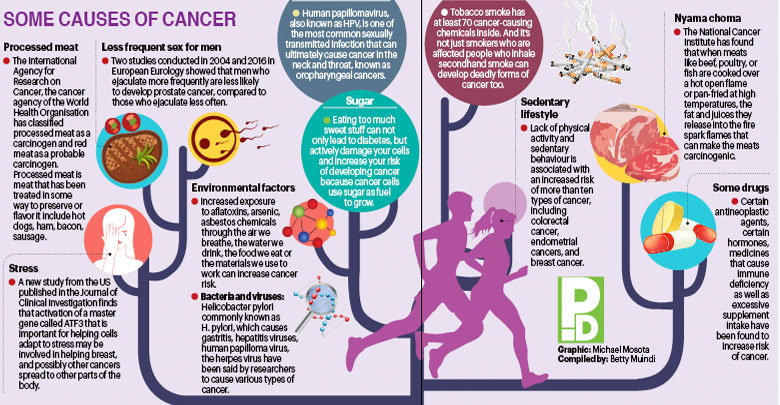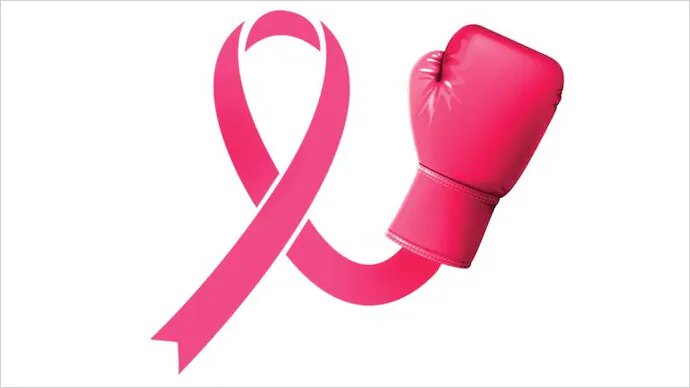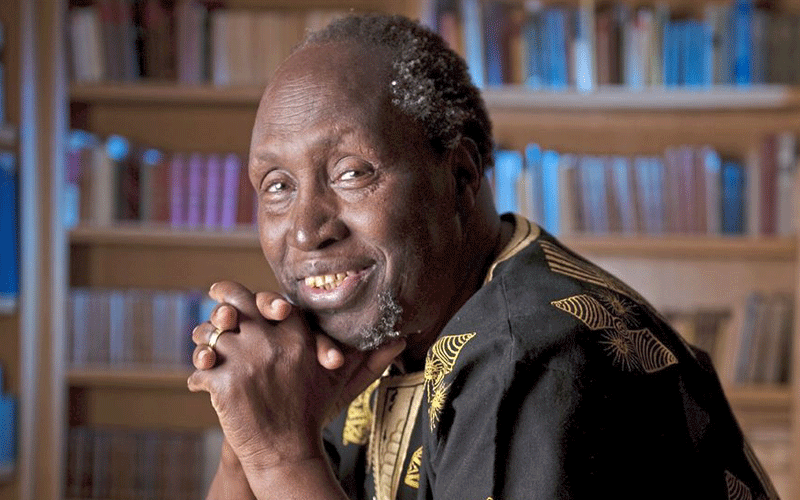Banned substances abound in Kenyan cosmetics market

Several cosmetic products banned for containing substances that can cause cancer are still on sale in Kenya.
A spot check in cosmetics shops and supermarkets in Nairobi found soaps, creams and lotions being sold freely despite the Kenya Bureau of Standards (Kebs) banning them nearly a decade ago.
At a popular cosmetics shop in Nairobi’s city centre, Leah Wanjiku, a hair stylist and beautician, pulls 16 cosmetic products from the shelves to restock her salon.
The products, which she purchases monthly are her customers’ favourites. They range from hair oils, makeup, hand moisturisers, shampoo, soaps, gels, nail polish among other items used for facials, pedicure, manicure and hair food.
The products are available in most stores in the city and retail for as low as Sh150 to Sh2,000.
However, unknown to Wanjiku and her clients, this is not just the cost of procuring a wrinkle or acne remover, it could also be the cost of exposing themselves to health risks, including cancer.
It turns out a number of other chemical ingredients with links to breast cancer and other adverse health effects continue to be used in cosmetics and personal care products. Examples include short chain parabens used as preservatives and phthalates used as fragrances.
Parabens, listed under a variety of names, typically ending in ‘-paraben,’ such as Methyl-paraben, Propyl-paraben, Butyl-paraben, Ethyl-paraben are synthetic chemicals used as preservatives in cosmetics, pharmaceuticals and food.
A 2004 study found the substances in breast cancer tissue, reigniting concern about the chemicals.
The authors of a study published in the Journal of Applied Toxicology reported that 18 of 20 tumour samples contained small amounts of parabens.
As a result, many beauty and personal care products have been using the phrase “paraben-free” for marketing.
Further down River Road and other downtown streets, skin care preparations such as creams, lotions, gels, soaps containing hydroquinone, steroids and hormonal preparations banned in the country are on the shelves.
In pharmacies, the most popular cream listed as a medicine but dispensed as a cosmetic over the counter is Mediven.
Banned alongside Mediven by Kebs are Betnovate, a potent steroid cream another most abused medication in the country. Diprosone, Nerisone, Hydrocortisone, 0xy 5 and 0xy 10 were also banned.
Dr Peter Mbwiiri, the Director of Product Evaluation and Registration at Pharmacies and Poisons Board admits some skin medications are used as cosmetics without supervision due to ignorance by users.
He says skin treatment ointments and lotions are potent substances used to treat only certain skin conditions or diseases and are not to be used as cosmetics. He points out Mediven as the most misused.
Their use in cosmetics was prohibited through gazette notices 4310 of August 14, 1998 and 7169 of November 2000.
“They should only be used on the recommendation of a medical doctor and for a such a period of time prescribed,” he explains, adding that they are not to be sold in the open market but in registered chemists and pharmacies.
He admits that the Kenyan cosmetics and personal care industry is largely self-regulated. He says the board is working on guidelines to be issued in September that will regulate the market and protect Kenyans from possible influx of substandard cosmetic products.
He denies claims that paraben has links to cancer, saying studies have not shown direct link between the chemical and any health problems.
“The most important thing is to use these products in moderation, as directed. As with all cosmetics, read the label,” Dr Mbwiiri explains, adding that it is even safer to use products that do not have preservatives.
Kenya doesn’t require any pre-market testing or approval before beauty products hit the shelves. It is no wonder that many of the ingredients in Kenyan products have been banned in other countries, as scientific studies suggest that they could be linked to cancer, reproductive harm and neurotoxicity.
In Kenya, an estimated 40,999 new cancer cases and 28,453 cancer deaths occur every year making cancer the third leading cause of death. And the issue isn’t limited to cosmetics.
Sedentary
Considering many inroads over the past five decades in cancer research, prevention, diagnosis and treatment, it doesn’t seem to make sense why so many people are still suffering from cancer than ever before.
So, just why are cancer cases increasing?
Dr Adarsh Chandramoleswar, a clinical Oncologist says people are becoming increasingly sedentary. Junk food, cigarette smoking, diet, alcohol and physical inactivity as well as exposure to tumour-causing pollutants in the air, to name a few,” he explains.
He said older people get cancer most often, and the population is getting older.
“Just like heart disease, cancer largely affects the senior population. A larger percentage of all cancers are diagnosed in people over age 60, a segment expected to double in the near future,” he offers.
Dr Adarsh says seniors are also living decades longer than just a century ago.
Another aspect in rising cancer rates is obesity and lack of proper diet, exercise and weight control.
“Obesity is associated with increased risk of breast, colon and rectal, esophageal, endometrial, pancreatic, kidney, thyroid and gallbladder cancers,” he points out.
Prof Jessie Githanga of the University of Nairobi with expertise in Hematology, Oncology, Pathology and a board member at Kenya Network of Cancer Organisations says the apparent rise in cancer cases can be attributed to heightened awareness among public and medical personnel.
“Previously, cancer cases were not recorded independently and would fall under ‘other diseases’, but these days they are recorded independently,” she says.
Carcinogens
She agrees with Dr Adarsh that diet is thought to play a substantial role in cancer causation and intake of processed foods, or “any meat that has been preserved by curing, salting or smoking, or by adding chemical preservatives”.
She also notes that there is an increased exposure to carcinogens like certain agricultural chemicals such as pesticides and herbicides, industrial chemicals used in manufacturing industries and the petroleum industry, and asbestos. Pollution of the air, water and ground by other carcinogens many times are not recorded or recognised.
Further, aflatoxin, a toxin found in many cereals and nuts that are commonly eaten, especially when not properly stored is associated with liver cancer.
Prof Githanga also attributes infections such as Hepatitis B, which is associated with liver cancer, HIV, which is associated with a several types of cancer, schistosomiasis (a worm found especially in dams and irrigation schemes that can cause bladder cancer) and others are associated with a higher propensity for developing cancer.
“It is possible that adulteration of foods may be linked to increased cases of cancer. However, it is important to identify the chemicals used. Certain chemicals reportedly used such as the illegal adulteration of milk with formaldehyde to preserve it posses potential danger to persons consuming it,” she explains.
She quoted the US Environmental Protection Agency has classified formaldehyde as a “probable human carcinogen”.
The National Cancer Institute researchers have concluded that, based on data from studies in people and from laboratory research, exposure to formaldehyde may cause leukemia in humans.














